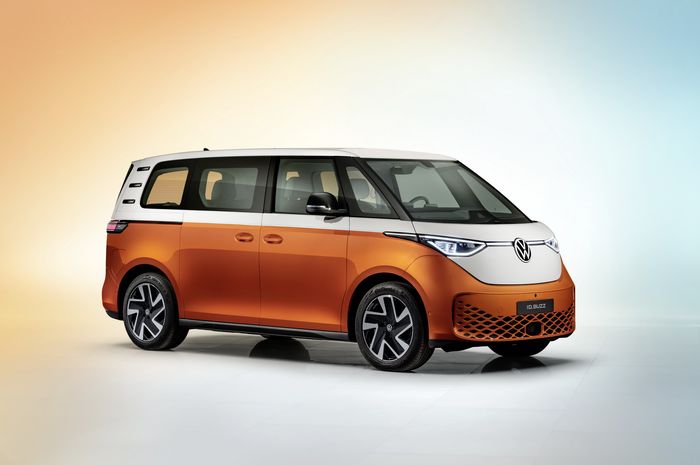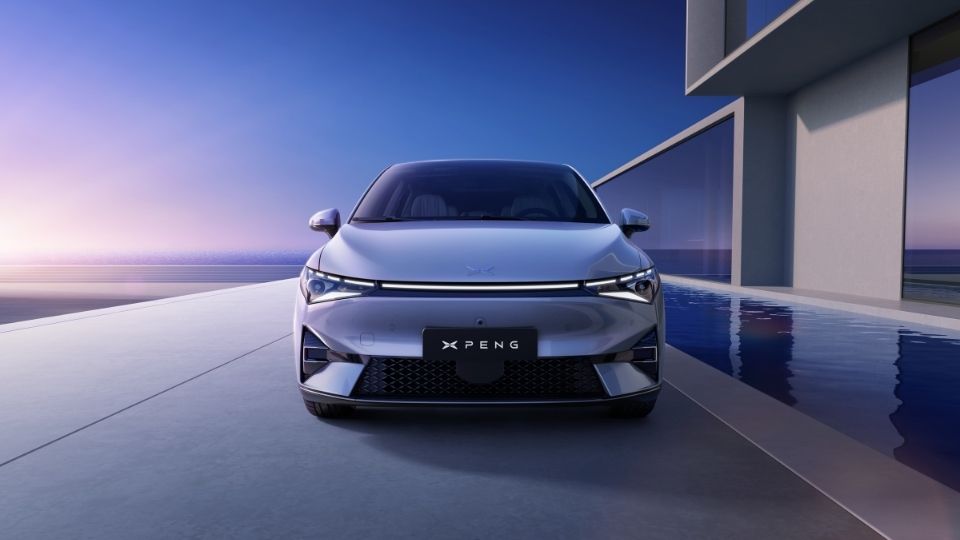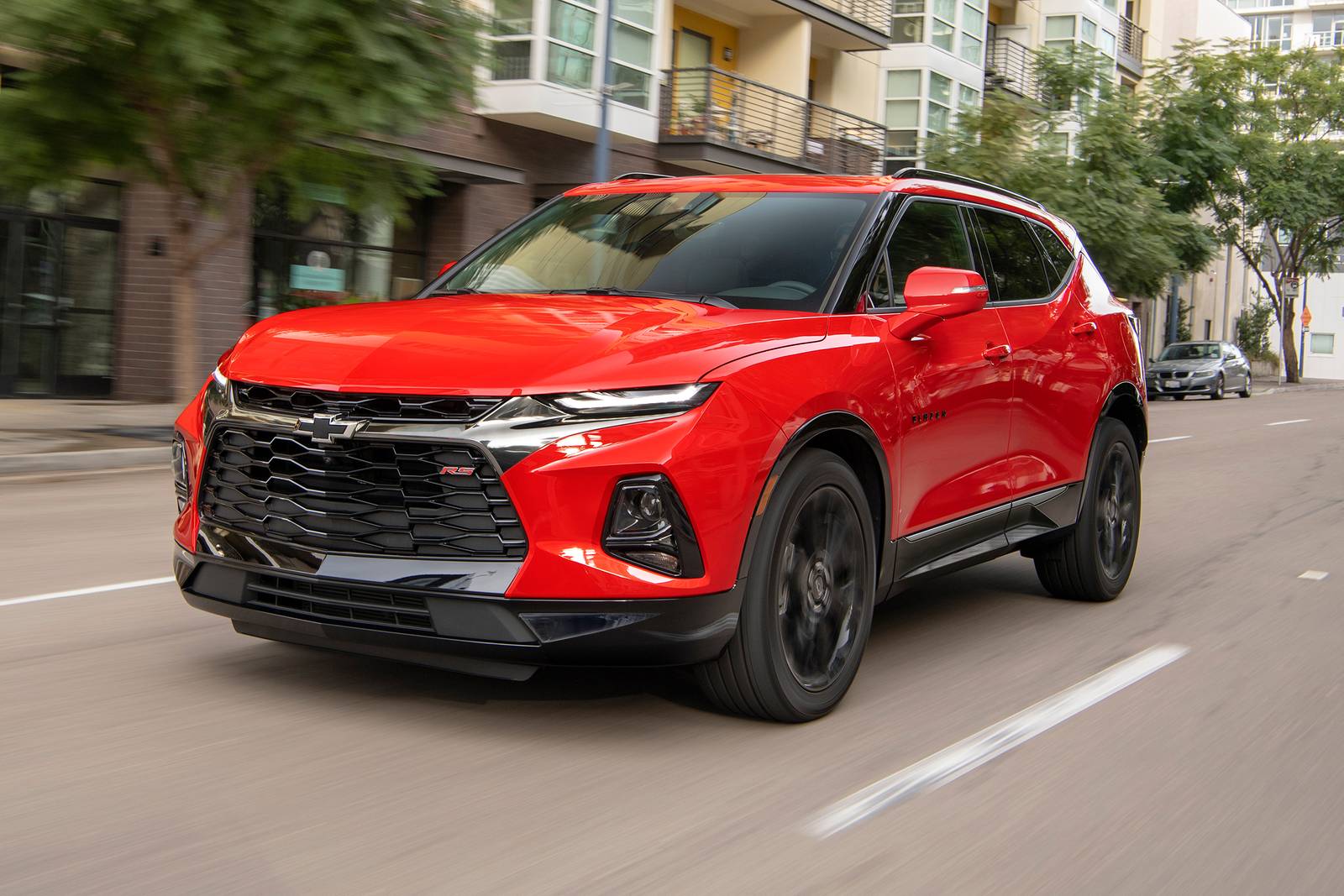The United States car manufacturer Ford Motor Company changed its business strategy by separating the electric vehicle (EV) and internal combustion engine (ICE) business units.
The two units were separated into each named the Ford Model e division which handles electric vehicles and the Ford Blue division for ICE vehicles. Ford’s move is part of its efforts to accelerate the development of connected electric vehicles.
“This is not the first time Ford is reimagining the future and going our own way,” Ford Chief Executive Bill Ford said in a statement.
According to Bill Ford, Ford has a tremendous opportunity to lead a new era of electric and connected vehicles, bring the best of Ford to customers, and help make a real difference to the health of the planet.
In May last year, Ford President and CEO Jim Farley introduced the Ford+ plan, calling it the company’s biggest opportunity for growth and value creation since Henry Ford ramped up Model T production.
The formation of two distinct but strategically interdependent automotive business units–Ford Blue and Ford Model e–along with the new Ford Pro business, will help unleash the full potential of the Ford+ plan, drive growth and value creation and position Ford to outperform other manufacturers. old cars and new EV competitors.
“We have made tremendous progress in a short period of time. We have launched a series of hit products globally and demand for our new EVs such as the F-150 Lightning and Mustang Mach-E is off the charts,” said Farley.
The creation of the Ford Model e was informed by the success of the small, mission-driven Ford team that developed the Ford GT, Mustang Mach-E SUV and F-150 Lightning pickup as well as Ford’s dedicated EV division in China.
“Ford Model e will be at the center of Ford’s innovation and growth, the world’s best software, electrical and automotive teams are unleashed to create truly extraordinary electric vehicles and digital experiences for a new generation of Ford customers,” said Farley.
The Ford Model e and Ford Blue will be run as distinct, but complementary businesses–as well as Ford Pro, which is dedicated to providing a one-stop shop for commercial and government customers.
By 2026, Ford plans to produce more than 2 million electric vehicles annually, which is a third of its total sales, and will increase to half by 2030.






